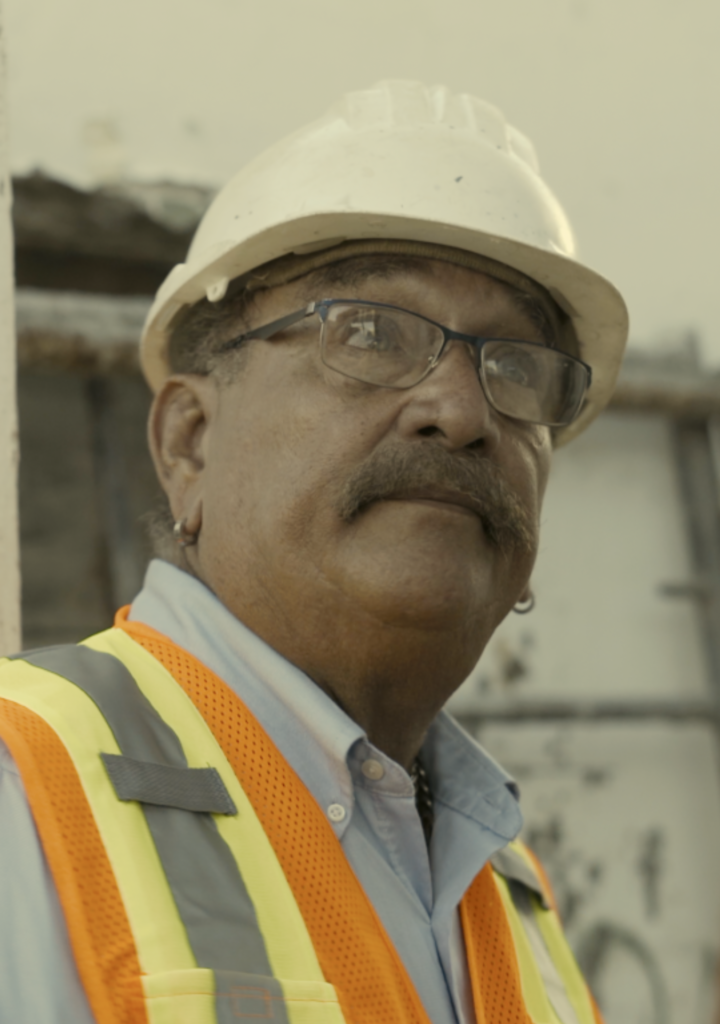what is human trafficking?
Human trafficking is the trade of humans for the purpose of forced labour, sexual slavery, or commercial sexual exploitation for the trafficker or others.
It is a crime against a person and affects the right of a human being to self-determination, freedom and happiness. This crime violates the victim’s rights of movement and self-determination through force or coercion, and because of their commercial exploitation.
Men, women and children of all ages and from all backgrounds can become victims of this crime, which occurs in every region of the world. Therefore, also in Aruba.
This a global crime that trades in people and exploits them for profit. It is the third most prevalent criminal activity in the world, right after drugs and weapon-related crimes.
The act of trafficking is: the recruitment, transportation, transfer, harboring or receipt of persons.
Traffickers use the threat of force, deception, coercion, abuse of power or position of vulnerability. The purpose of trafficking is always exploitation.
Often, traffickers identify and leverage their victims’ vulnerabilities in order to create dependency. Significant risk factors include recent migration or relocation, lack of economic or legal opportunities, substance use, mental health concerns, and problems at home or lack of friends
Estimates suggest that, internationally, only about .04% survivors of human trafficking cases are identified, meaning that the vast majority of cases of human trafficking go undetected.
How does it happen?

Human traffickers target vulnerable individuals. There is a growing trend of traffickers using online social media platforms to recruit and groom their targets.
Some traffickers “hunt” their victim by pursuing them actively. Especially those who post personal information, such as (explicit) pictures or videos, their financial hardships, their struggles with low self-esteem, or their family problems. The trafficker appears to offer help, or pretend to be a friend or potential romantic partner. After establishing a false sense of trust, traffickers may force, coerce, or blackmail victims into sex work or forced labor.
Others “fish” their victims by posing as fraudulent employment agencies, and posting fake promises of education and job opportunities to trick, coerce and deceive their victims. Once they have the victim in their control, they use psychological means such as manipulating or threatening victims into providing commercial sex or exploitative labor.
People in trafficking situations stay for reasons that are complicated. Some lack the basic necessities to physically get out – such as transportation or a safe place to live. Some are afraid for their safety. Some have been so effectively manipulated that they do not realize that they are under the control of another person.
why does it happen?
There are three main reasons why human trafficking takes place:
Vulnerability
Opportunity
Greed
Vulnerability: The organized networks or individuals behind this lucrative crime take advantage of people who are vulnerable, desperate or simply seeking a better life. Traffickers identify and leverage their victims’ vulnerabilities in order to create dependency.
Greed: Human trafficking is a lucrative crime. The idea is to use the victim for a long time. A dose of drugs can be used once, a bullet can be fired once. But a person can be used as long as they are alive.
Opportunity: Technology brings us together, but it also has its downfalls. It’s made it easier to peek into people’s personal lives. People may not know for sure with whom they are communicating. Photos and personal information can be shared, which can be used to manipulate or blackmail the victim. International transportation has also become easier.
Undocumented migrants and people who are in desperate need of employment are particularly vulnerable to trafficking for forced labor. While many may be under the impression that human trafficking is driven by poverty, there are in fact many factors at play. Things like a lack of education, government corruption, political instability, war, and a lack of human rights protections all contribute. Human trafficking is caused by an array of issues all working together.
Who is involved?

Victims:
Victims of trafficking can be any age, any gender and from anywhere in the world. Criminals trafficking in children or adults for sex labor target victims from extremely poor households, dysfunctional families or those who are abandoned and have no parental care.
Traffickers also often target people who are marginalized or in difficult (financial) circumstances. People trafficked for labor are usually migrants who become desperate, which creates opportunities for traffickers to offer “help” with travel arrangements and jobs. Instead, migrants end up enslaved.
Traffickers:
Perpetrators of human trafficking span all racial, ethnic, and gender demographics.
Some use their privilege, wealth, and power as a means of control while others experience the same socio-economic oppression as their victims. They include individuals, business owners, members of a gang or network, parents or family members of victims, intimate partners, owners of farms or restaurants, and powerful corporate executives and government representatives.
